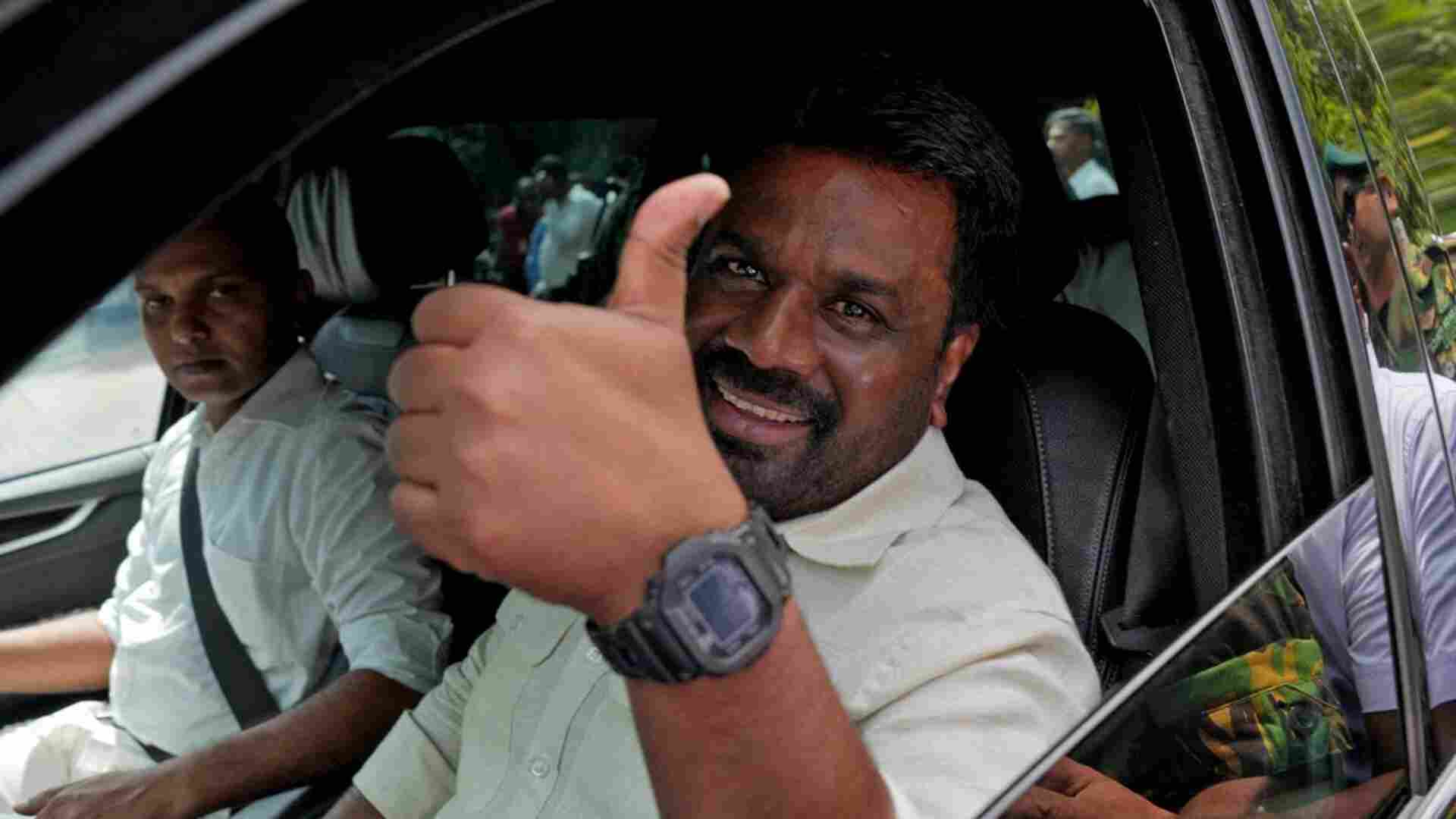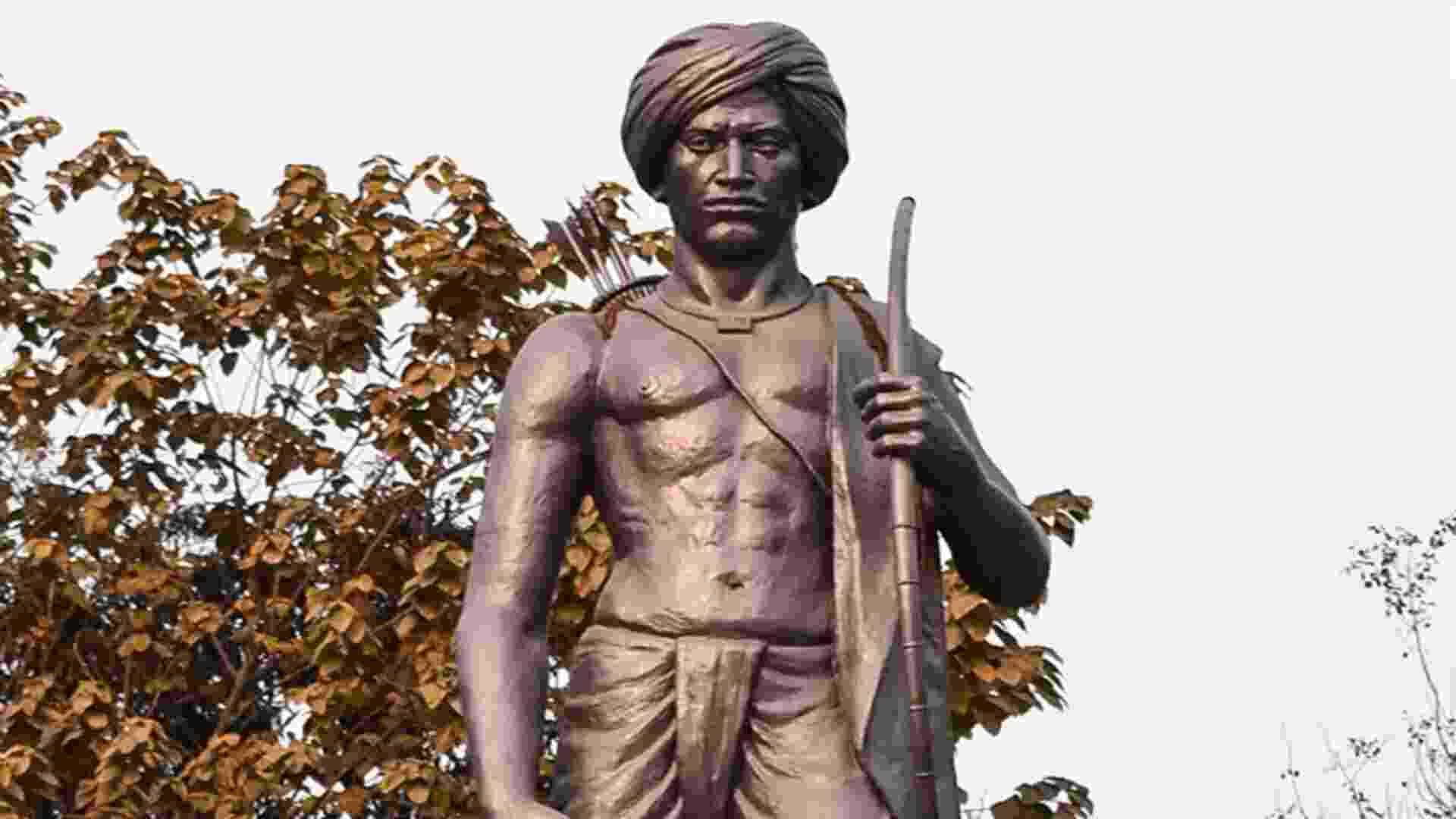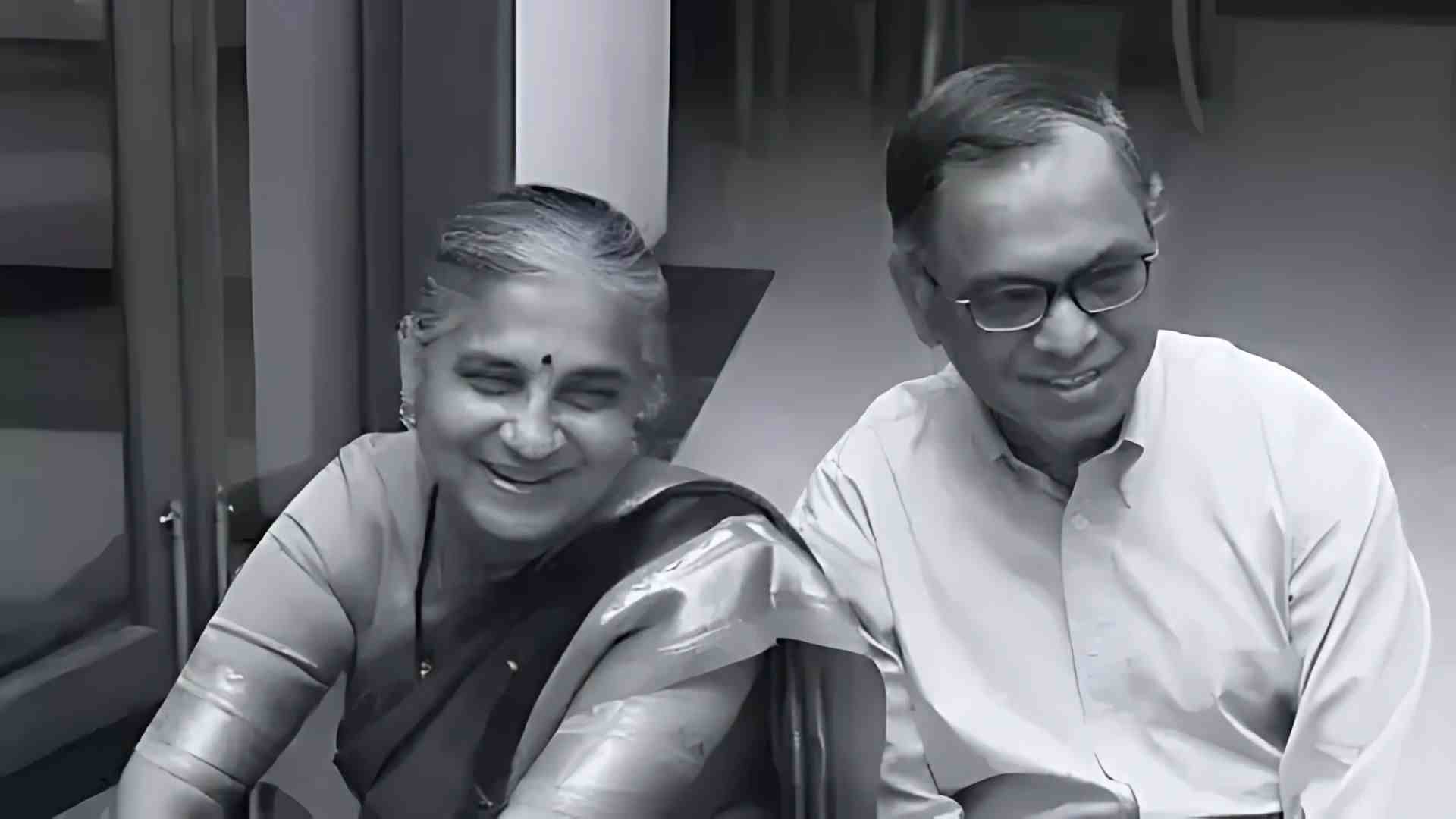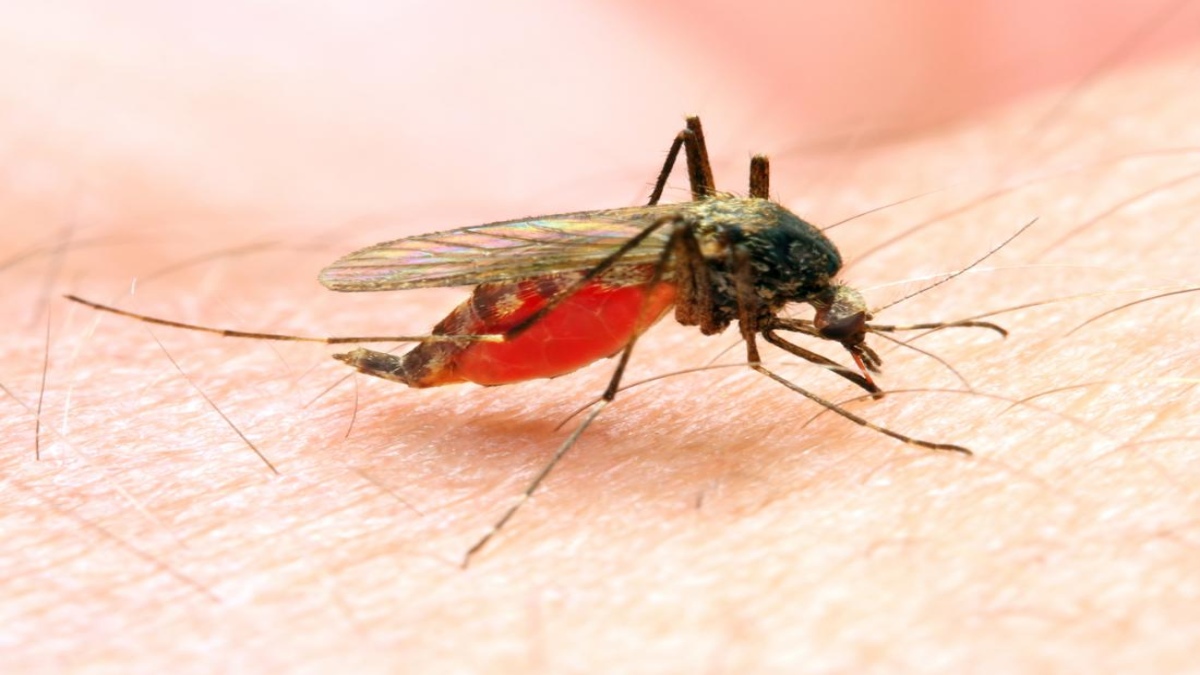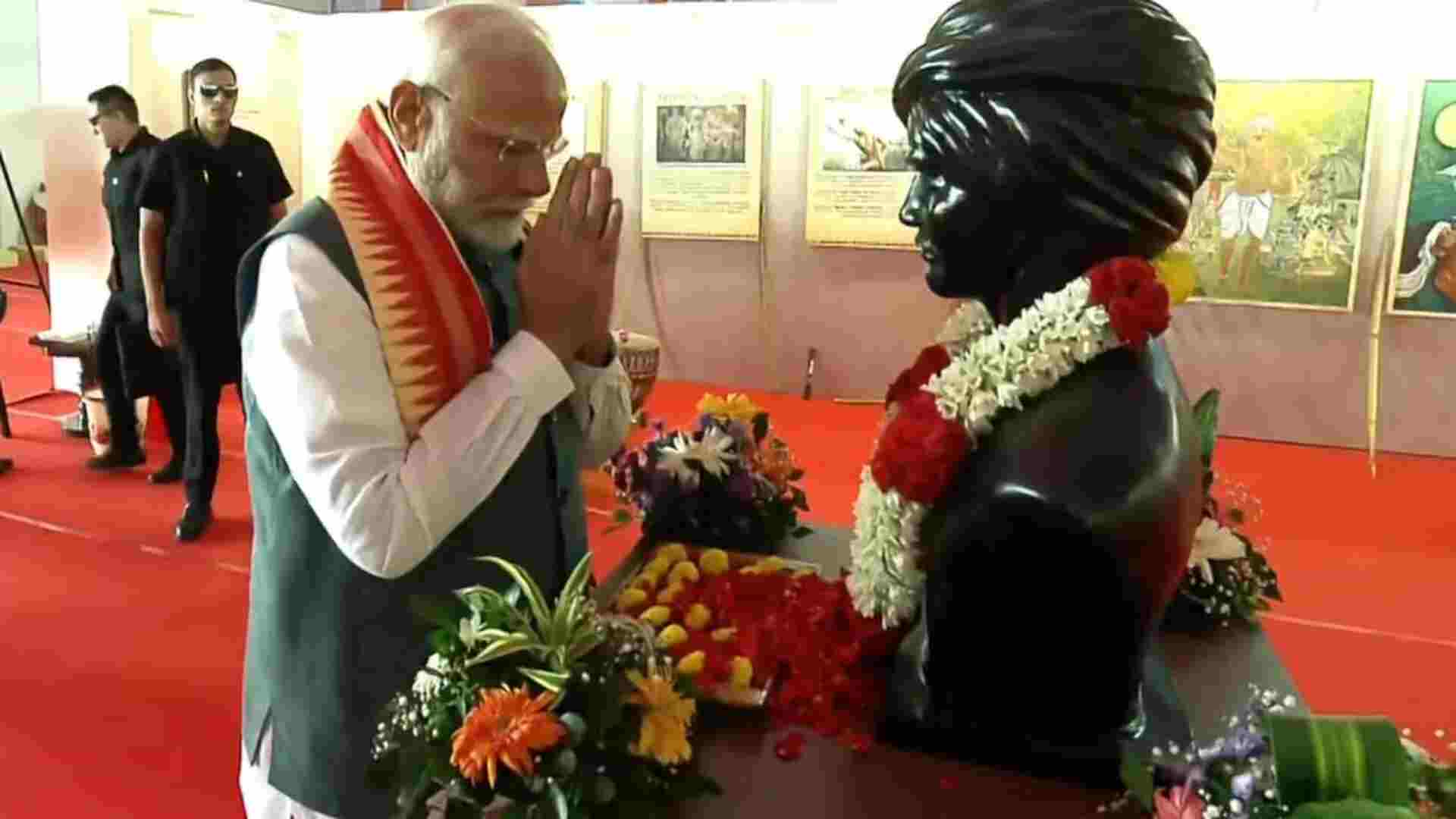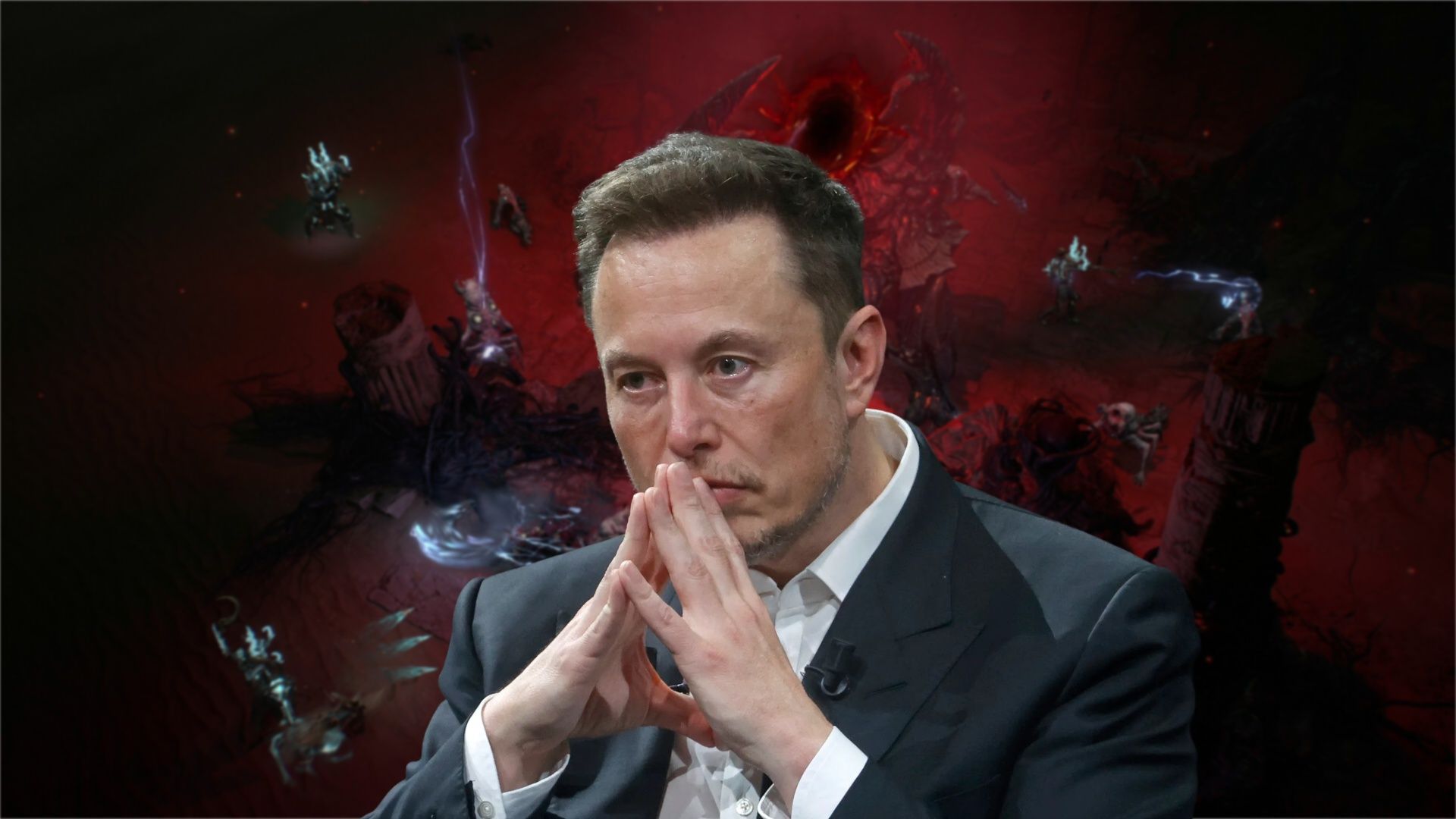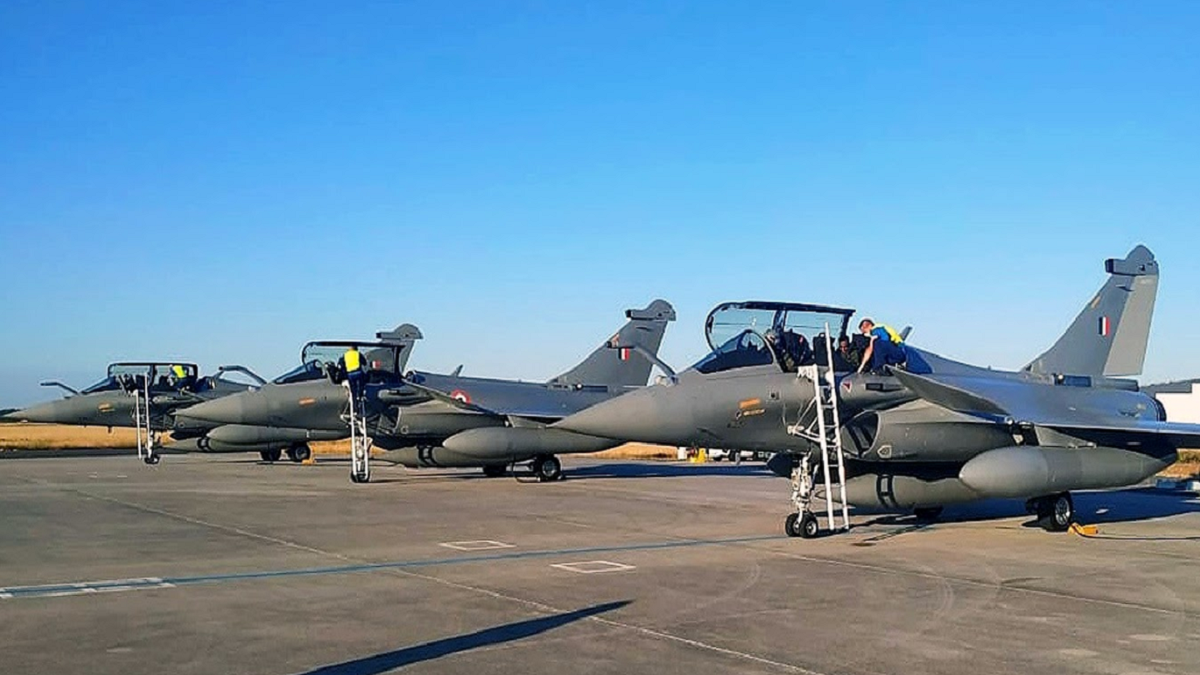
“Tout est bien qui finit bien (All is well that ends well),” says the French proverb. Yes, the Rafale fighter jets have come. In 2001, the government decided that it needed 126 Medium Multi-Role Combat Aircraft (MMRCA) for the Indian Air Force (IAF), thus started the saga of selecting and acquiring the plane which fitted best the requirement of the nation’s strategic needs. And now in July 2020, nineteen years later, the five planes flew in to Ambala!
Defence Minister Rajnath Singh, while on a visit to Ladakh, complimented the IAF for “its rapid deployment of assets” at forward locations on the eastern Ladakh border, after China walked in at several spots, uninvited. Singh added that the Balakot strike and the current combat readiness have sent a strong message to India’s “adversaries”. Well, let’s hope China gets it.
A day later, a national Indian newspaper reported that the IAF Commanders’ Conference would be carrying out “an in-depth review of the country’s air defence system which will include deployment of the first batch of Rafale fighter jets in the Ladakh sector”. It added that the main focus of the Conference was to deliberate on the overall situation in eastern Ladakh and in other sensitive sectors including in Arunachal Pradesh, Sikkim and Uttarakhand.
There is no doubt that the Central Sector, especially Barahoti, Lapthal and Sangchamalla, is today particularly vulnerable to fresh large-scale Chinese intrusions. Due to the difficulty of the terrain, a strong Air Force could be of a great help, or at least a deterrence.
The commanders would have discussed the deployment of first batch of five Rafale jets in Ladakh, soon after the French aircraft is officially inducted in the IAF fleet. Few in India are aware of the meaning of the word ‘Rafale’; it is simply a “gust of wind” in French.
An initial Request for Information had been issued in 2001; the Request for Proposal was only released in 2007, but the then Defence Minister, A.K. Antony wanted to add new clauses to his already complicated Defence Procurement Policy (his successor, Manohar Parrikar, said that though he read the policy, he could not understand it!). More ‘complications’ were in stock, but after a long process, in January 2012, the French firm Dassault Aviation was finally selected among six contenders for supplying 126 planes to the IAF.
Many then thought that the “Big Deal” would soon be signed; three years later, it was still going through incredible procedural issues! The reasons were not the quality of the combat aircraft, but rather more bureaucratic and political hurdles coming in the way.
While on a visit to France in April 2015, realising the difficulty with the transfer of technology to Hindustan Aeronautics Ltd and to avoid going back to the starting blocks, Prime Minister Narendra Modi opted for 36 “off-the-shelf” planes. At that time, the French probably believed that “off-the-shelf” would be rather simple; they probably thought that like in a supermarket; you take what you need from the shelf and proceed to the cashier.
Paris soon realised that India was an incredible democracy where media can write on behalf of competitors; anyone wanting some publicity can go to the court and delay the process for months or years and the Opposition can always find fault in the process and block the functioning of Parliament.
This is without taking into account the babus, the most “efficient” in the world. Once everything was decided, they stepped in; the Law Ministry raised several new points about liability, bank guarantees, arbitration and a higherthan-usual offset clause.
A “senior official involved with the matter” (how a babu dealing with such sensitive contracts can freely speak to journalists is a mystery) told a prominent Delhi-based newspaper that he was “left wondering as to how India could agree to all the stipulations suggested by the French side”.
But at the end, as always in India, the “truth” prevails, and in September 2016, India and France signed an inter-governmental agreement (IGA) for the acquisition of 36 fighter jets. The saga was far from over; some Opposition party wanted the details of the armament supplied by Dassault and its partners. As a result, the IAF would have to wait four more years before getting what they were crying for.
Does it mean the Rafale will be a game changer? Probably not, because we can still hope that President Xi Jinping has some wisdom left and will not enlarge the confrontation into an armed conflict; but nothing is sure with a deeply unstable Middle Kingdom.
The arrival of the Rafale jets will have in any case a strong deterrent effect on China. Despite Beijing’s propaganda (called today Information Warfare), China can’t match the French plane today. It is not that Beijing is not trying.
On 20 July, Jamie Hunter reported in The War Zone: “China is building a brandnew variant of its Chengdu J-20 Mighty Dragon stealth fighter. Chinese air power watchers and a number of media stories suggest that the production of the long-expected J-20B commenced this summer. The variant will likely feature upgraded powerplants that will add thrust-vectoring controls (TVC) as well as increased power to the J-20’s capabilities, and possibly more.”
Something China should not forget is: If the Indian political leadership had decided to use the IAF in 1962, the fate of the war would have probably been the opposite. Last year, I had the opportunity to interview Wing Commander ‘Jaggi’ Nath, MVC (with bar), who for three years (1960-62) flew over Tibet in top-secret reconnaissance missions; his conclusions were that China had no Air Force on the Tibetan plateau in 1962; India could have won the war. The Wing Commander explained: “If we had sent a few airplanes (into Tibet), we could have wiped the Chinese out and everything could have been different. The Chinese would have never dared do anything down the line.”
It is one of the greatest tragedies of India’s modern history which will surely not be repeated.
The writer is a French-born author, journalist, historian, Tibetologist and China expert. The views expressed are personal.
